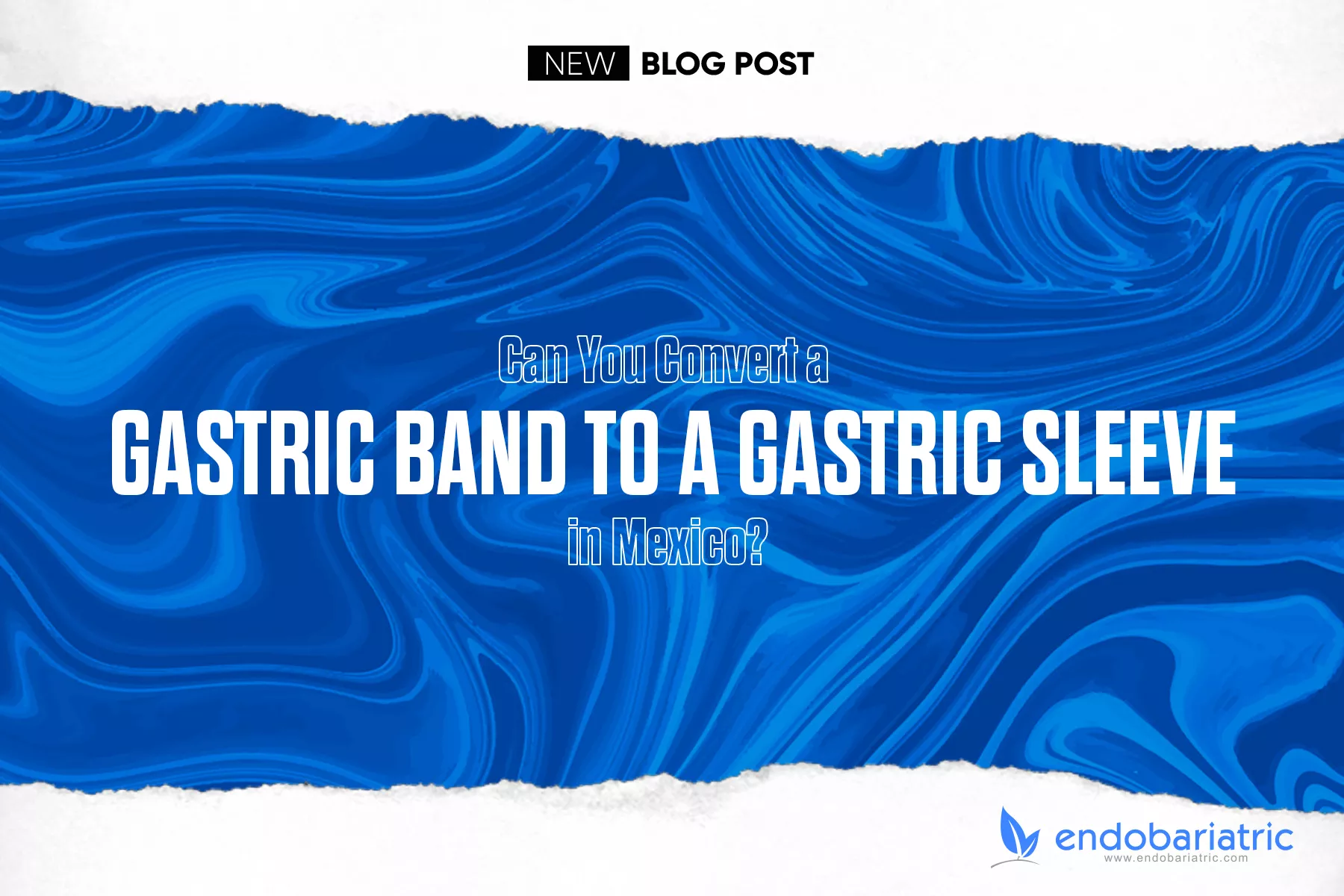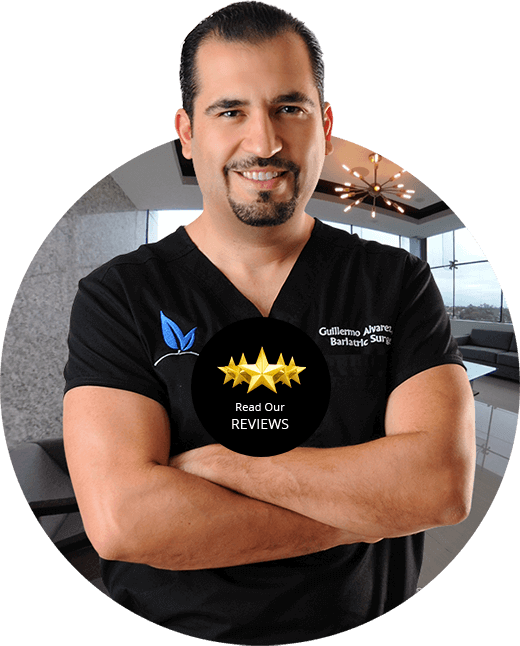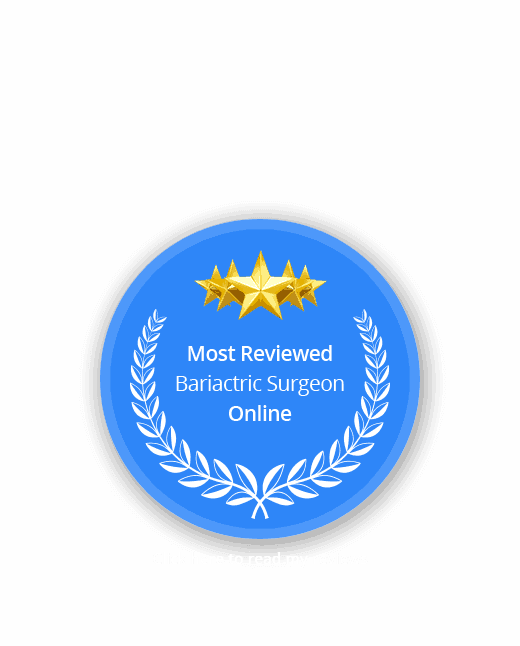Vertical sleeve gastrectomy—also known as “the sleeve”—is not only a great solution for first-time bariatric patients, but it’s also a smart decision for patients who want to convert a Lap-Band® to another type of bariatric tool.
In recent years, converting previous bariatric surgeries to new sleeves has become a significant part of my practice. And it’s not hard to see why. People choose to convert from their initial Lap-Band for several primary reasons, including lack of weight loss, medical complications resulting from the band, and unpleasant side effects like chronic nausea and/or vomiting. In fact, research suggests that about one-third of people who get a band will eventually have it removed.
In addition to good old band infection, medical complications include band erosion (where the band grows into the stomach) and band slippage or prolapse, where the bottom section of the stomach moves through the band and enlarges the pouch above the band. Often, these conditions produce noticeable symptoms, but lack of symptoms doesn’t mean there’s no damage.
Surgeons don’t truly know the condition of the band and surrounding tissues until they’re in there for surgery. That’s why I never promise patients that the revision can be completed in a single procedure.
But let’s back up.
There are two ways to accomplish a Lap Band-to-VSG conversion: in one surgery or in two. In a one-stage procedure, I remove the band and perform the VSG at the same time. It’s certainly the ideal scenario from the patient’s viewpoint. A two-stage procedure involves removing the band and then allowing the patient’s stomach tissues time to heal between band removal and gastric sleeve surgery.
Lots of bariatric surgeons promise to do both the band removal and gastric sleeve procedure in a single day. Sounds good, right? But if they plow ahead, no matter what they find during surgery, they set up their patients for complications and outright failure. At Endobariatric, patient health is the most important factor—the only factor, really. That’s why I make decisions based on the individual patient. When I find extensive scar tissue from the band, for example, it’s usually better to let that heal and then do a sleeve after the body is fully equipped to handle it.
One of my revision patients, Kathy, says she wanted to get her band out because it was causing a lot of issues, both medically and lifestyle-wise. She perfectly explains a variable that can determine whether you receive a one-stage or two-stage procedure. “When my band was put in, the surgeon sewed my stomach over the band, so Dr. A didn’t have a choice,” she says of her two-stage procedure. “He removed the band and had to reposition my stomach…he also cut up the scar tissue during my first surgery. All that made the sleeve go without any problems, and I healed well both times. I’m happy that it was done this way, for my safety.”
But there’s no reason to assume that every surgery will need to be done in two stages. Take it from Christal, who raves, “Surgery completed ALL IN ONE! I couldn’t believe it! I sure love this place!”
And while safety should always be the determining factor in your decisions, we know that price is important, too. Not only does the Endobariatric team have an elite track record of successful, uncomplicated surgeries, but the gastric sleeve cost—even for a revision—is monumentally lower in our luxurious, state-of-the-art Mexico luxury hospital. Our patients pay a fraction of the cost that the same procedure would cost in the U.S. “Dr. A and his team are the best anywhere,” Christal adds. “This is basically a sleeve hospital resort. It’s been the best experience I’ve ever had for surgery!”
Opting for a revision surgery from Lap-Band to VSG can seem daunting, but we see successful patients flourishing as a result of this choice every day. Not only can you reduce or eliminate the adverse symptoms of bands that make life uncomfortable, but it can serve as an invaluable reset button on your weight loss.
I invite you to follow us on all our social networks, we are on Facebook, Instagram, Twitter and Pinterest, we also have our YouTube channel where I’m the host of the #AskDrA Show, where I (Dr. Alvarez) answer frequently asked questions that are sent to me with the Hashtag #AskDrA, subscribe to it! we talk about very interesting subjects.
If you want a more personalized experience and you have Instagram, follow me (Dr. Alvarez) to see my day both in my daily routine and in the operating room, add me! We will have a great time! My username is: gmoalvarez.
“Changing lives…one sleeve at a time”.









